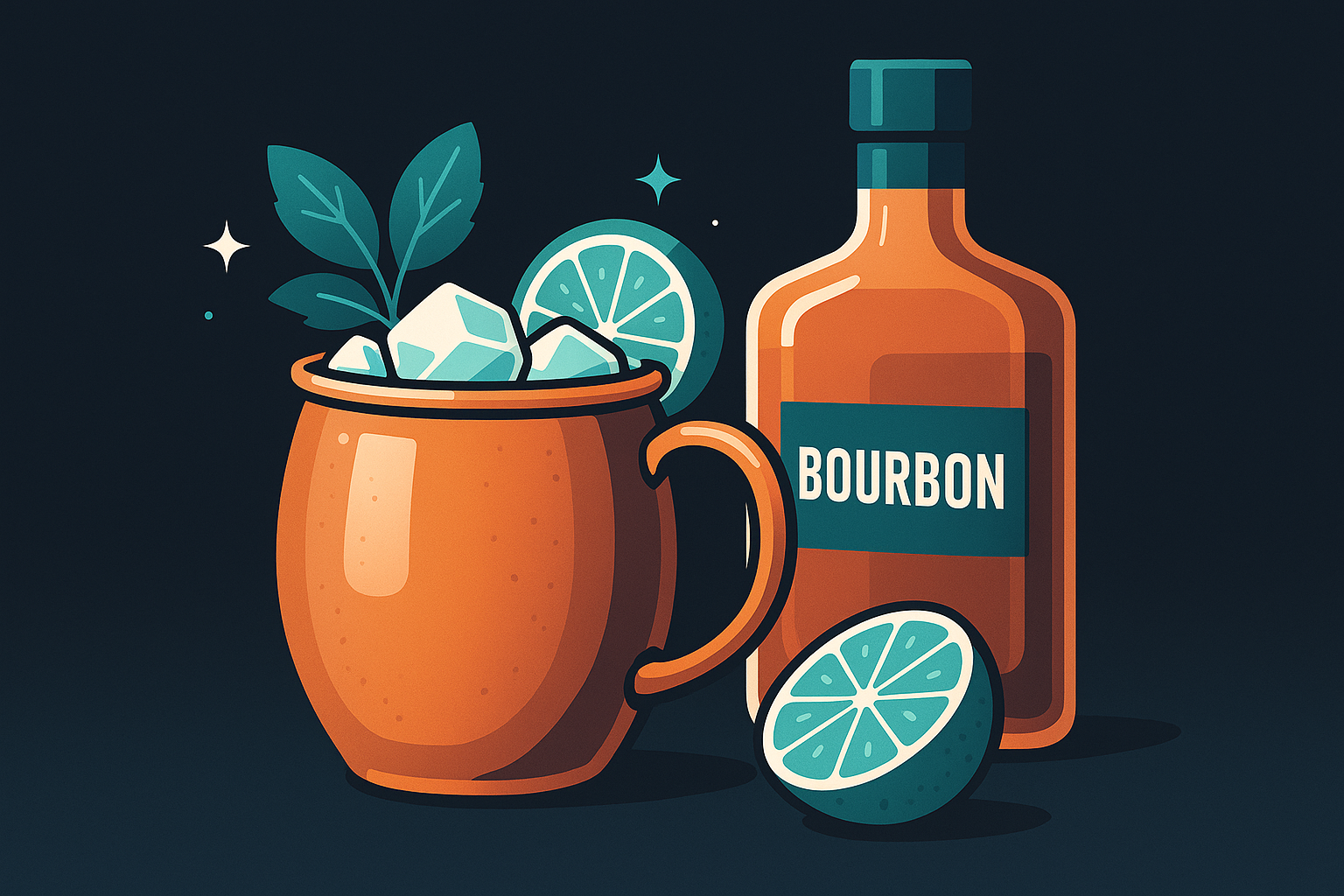A Kentucky Mule, a Podcast, and the Art of Remixing Traditions
Sit down for a minute. Imagine you’re at a bar—not the AI-powered, algorithmically optimized kind, but one with a real bartender, the sort who knows every regular’s name and pours stories as smoothly as bourbon. The bartender slides you a Kentucky Mule, that iconic twist on the Moscow Mule, and you realize: We’re all remixing traditions, whether we’re making cocktails or launching AI-driven podcasts.
The kentucky mule recipe isn’t just about mixing ginger beer and bourbon in a copper mug. It’s about taking something classic and reimagining it for new contexts—much like what entrepreneurs and podcasters are doing with their own content, especially as AI becomes part of the mix.
The Anatomy of a Remixed Classic
Let’s break it down: the Kentucky Mule swaps vodka for bourbon, adds a squeeze of lime, and brings ginger beer fizz into the equation. Simple? Sure. But that one substitution—bourbon for vodka—transforms the drink’s entire character. Suddenly, you have depth, warmth, a little bit of Southern swagger.
This isn’t so different from what happens when a podcast host experiments with AI. Swap out a traditional workflow for an AI-powered one. Maybe you use a language model to draft show notes, or a voice generator to test out new audio intros. The base ingredients are familiar, but the flavor profile is distinctly new—sometimes unexpectedly so.
Transformation: Not Just for Cocktails
Transformation rarely looks like fireworks; it’s more like the moment you taste a Kentucky Mule for the first time—familiar, yet undeniably different. The ginger bite, the bourbon depth, the lime’s sharpness. Each ingredient is pulling its weight, but the sum is more than its parts.
Podcasters and entrepreneurs at the intersection of AI and content creation are in the middle of a similar experiment. We reach for tried-and-true formats—the interview, the roundtable, the solo commentary. But AI gives us new tools. We can remix, iterate, and personalize faster than ever, moving from blueprint to finished product with the speed of a bartender who’s memorized every order in town.
Remixing Responsibly: The Human Touch
But—and this is crucial—just because the robot can pour the bourbon doesn’t mean it should decide how much to pour. The Kentucky Mule works because someone had the good sense to balance each element. AI, like a zest-happy barback, needs supervision, guidance, and a human palate to get it right.
When podcasters let AI do the heavy lifting—transcripts, summaries, scheduling—they free themselves to focus on what really matters: crafting the narrative, asking the right questions, building community. The recipe changes, but the core remains stubbornly, beautifully human.
What the Kentucky Mule Teaches Podcasters (And Everyone Else)
- Start with a classic, but don’t be afraid to experiment. The best new ideas often come from small, deliberate substitutions.
- Let AI handle the repetitive tasks. Use it for show notes, editing, or even audience engagement—but keep the creative direction in your own hands.
- Balance is everything. Too much automation and you risk losing your unique flavor. Too little, and you’re stuck muddling through by hand.
- Taste as you go. Just as you’d sample a cocktail before serving, iterate on your process. Gather feedback, adjust, and improve.
- Keep it human-centered. AI is a fantastic intern, but it needs your vision to make the work sing.
So next time you’re mixing up a podcast—or a drink—remember the lesson of the Kentucky Mule: transformation comes from the courage to remix, the wisdom to balance, and the willingness to keep the human touch at the center of the experience. Cheers.
Checkout ProductScope AI’s Studio (and get 200 free studio credits)

